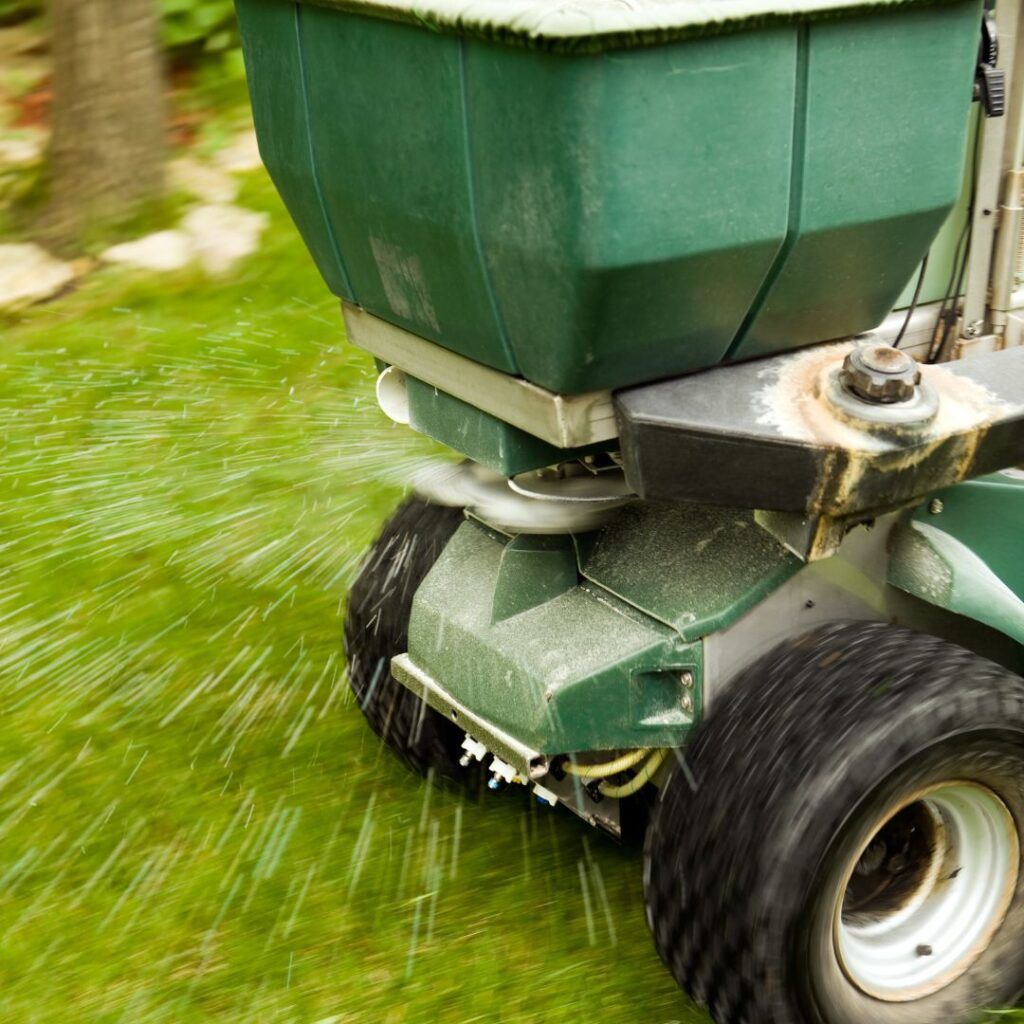The Benefits of Mulching: Why Your Yard Needs It
Mulching is one of the most beneficial practices you can adopt for your yard. Whether you have a small garden or a large commercial landscape in Westfield, MA, mulching offers a range of advantages that go beyond simple aesthetics. From enhancing soil health to providing environmental benefits, mulching is a cost-effective and efficient way to improve the overall health and appearance of your outdoor space.
Understanding the various benefits of mulching and knowing how to apply it correctly can make a significant difference in the vitality of your lawn and garden. With the right techniques and materials, you can create a thriving, low-maintenance yard that stays healthy year-round. Whether you’re a novice gardener or an experienced landscaper, integrating mulching into your yard care routine is a simple yet powerful way to achieve a beautiful and sustainable outdoor environment.
Environmental Benefits of Mulching
Mulching has several environmental benefits that make it a smart choice for any yard. One of the most significant advantages is moisture retention. By covering the soil, mulch reduces water evaporation, helping your garden stay hydrated for longer periods. This means you can water your plants less frequently, conserving water and reducing your utility bills.
Another important benefit is weed suppression. Mulch acts as a barrier, preventing weed seeds from receiving the sunlight they need to germinate. This reduces the number of weeds that sprout and compete with your plants for nutrients and water. Fewer weeds mean less need for chemical herbicides, which is better for the environment.
Mulching also helps regulate soil temperature. During the hot summer months, mulch keeps the soil cooler, protecting plant roots from extreme heat. In the winter, mulch acts as an insulating layer, keeping the soil warmer and protecting roots from freezing temperatures. This temperature regulation can help your plants survive through seasonal changes more comfortably.
How Mulching Enhances Soil Health
Mulching plays a crucial role in improving the health of your soil. First and foremost, organic mulch, such as wood chips, grass clippings, or compost, decomposes over time and adds valuable nutrients back into the soil. As the mulch breaks down, it enriches the soil with organic matter, enhancing its fertility and promoting the growth of healthy plants.
Improving soil structure is another key benefit of mulching. As organic mulch decomposes, it helps create a crumbly soil texture, which improves aeration and water infiltration. Good soil structure allows plant roots to grow more easily and access the nutrients and moisture they need to thrive.
Mulching also promotes beneficial microbial activity. Healthy soil is teeming with beneficial microorganisms, such as bacteria and fungi, that play a vital role in breaking down organic matter and recycling nutrients. Mulch provides a food source for these microbes and creates a favorable environment for them to thrive. As a result, your soil becomes more biologically active and capable of supporting robust plant growth.
Different Types of Mulch and Their Uses
Understanding the different types of mulch available can help you choose the best option for your yard. Organic and inorganic mulches both have their own benefits and selecting the right one depends on your specific needs and preferences.
1. Organic Mulch:
– Wood Chips and Bark: These are excellent for garden beds and around trees. They decompose slowly, enriching the soil over time.
– Grass Clippings: Ideal for vegetable gardens, grass clippings decompose quickly and add nitrogen to the soil.
– Straw and Hay: These are perfect for vegetable gardens because they decompose fast and add organic matter to the soil while preventing soil compaction.
– Composted Leaves: Leaf mulch is great for flower beds. It breaks down slowly, enriching the soil with nutrients and improving its texture.
2. Inorganic Mulch:
– Stone and Gravel: Best for pathways and areas where you do not want plants to grow. They help with soil drainage but offer no nutritional benefits.
– Plastic and Landscape Fabric: These materials are effective for weed control in flower beds and vegetable gardens but do not add any nutrients to the soil. Ensure they are paired with an organic mulch on top to prevent overheating the soil.
Practical Tips for Effective Mulching
To get the most out of mulching, follow these practical tips to maximize its benefits. Proper application and maintenance ensure that your yard stays healthy and attractive.
1. Apply the Right Amount:
– Spread mulch in a layer that is 2 to 4 inches thick. Too little mulch won’t be effective, while too much can suffocate plant roots and prevent water penetration.
2. Keep Mulch Away from Plant Stems and Trunks:
– Leave a gap of a few inches around the stems of plants and the trunks of trees. This helps prevent rot and allows air circulation.
3. Replenish Mulch Regularly:
– Organic mulch decomposes over time, so it’s essential to add new mulch at least once a year. Check the depth regularly and top it up to maintain the recommended thickness.
4. Choose the Right Time to Mulch:
– The best time to apply mulch is in late spring after the soil has warmed up but before the hot summer weather begins. This helps to retain moisture and keep the roots cool.
5. Avoid Sour Mulch:
– Sometimes, mulch can become compacted and produce a sour smell, indicating anaerobic conditions. If this happens, spread out the mulch to let it air out before applying it to your garden.
Conclusion
Mulching offers a wealth of benefits that make it a vital part of any lawn care routine. From improving soil health to aiding in water conservation and weed control, the advantages of mulching extend well beyond aesthetic appeal. By selecting the right type of mulch and applying it correctly, you can create a thriving, low-maintenance yard that enhances your home’s overall look and environmental footprint.
If maintaining your mulch and overall yard care feels overwhelming, let Trimming Edge Lawn Care LLC take care of it for you. Our professional mulching service will ensure that your yard remains healthy and beautiful all year long. Contact Trimming Edge Lawn Care LLC today to learn more about how we can help you achieve the perfect outdoor space!
The post The Benefits of Mulching: Why Your Yard Needs It appeared first on Trimming Edge.

